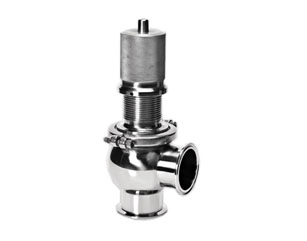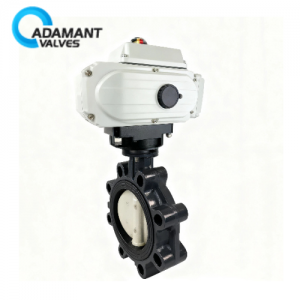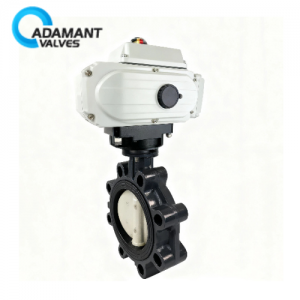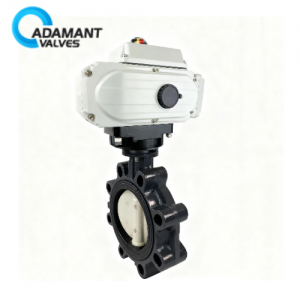The Dynamic Stability of Safety Valve

The discharge capacity of the safety valve and the service life of its parts are related to the dynamic stability of the valve. The oscillation of the valve flap will reduce the cross-sectional area and discharge capacity of the safety valve. And the collision between the sanitary valve flap and the valve seat and opening height limiter will damage the sealing surface of the safety valve and other parts. The two-stage full-opening safety valve is most prone to valve flap oscillation.
The dynamic instability of the safety valve is mainly caused by the following reasons: the discharge capacity of the safety valve exceeds the amount of flow of the medium entering the valve; the spring stiffness is too large; the large back pressure occurred in the upper chamber of the valve flap when the valve is opened; external dynamic interference.

1. The impact of discharge capacity
When the following conditions occur, the discharge capacity of the safety valve may exceed the flow of the medium entering the valve:
a) When the cross-sectional area of the selected safety valve exceeds the cross-sectional area in computing.
b) When the safety valve is installed on a system with a change in emergency displacement.
c) When the cross-sectional area of the inlet pipe is not big enough.
2. The impact of spring stiffness
The spring stiffness is too large can also be the cause of the valve flap oscillation. A full opening safety valve can rely on the medium recoil to fully discharge. But when the spring stiffness is too large, the safety valve can’t fully discharge. In this case, as soon as the safety valve is opened, it goes back to the valve seat, causing oscillation. If the spring stiffness is small, the safety valve will go back to the valve seat under very low pressure. In order to keep this from happening, a suitably designed spring should be installed.
3. The impact of system backpressure
Similar to the effect of excessive spring stiffness, the backpressure of the upper body of the valve flap occurred when the safety valve is opened may also cause valve flap oscillation. To avoid large back pressure, for the open safety valve, use the opening on the valve body to connect the upper body of the valve flap and the atmosphere. For a closed safety valve, the upper body of the valve flap can be connected with the valve body outlet or outlet branch pipe, using the resulting suction effect to reduce the pressure above the valve flap.




